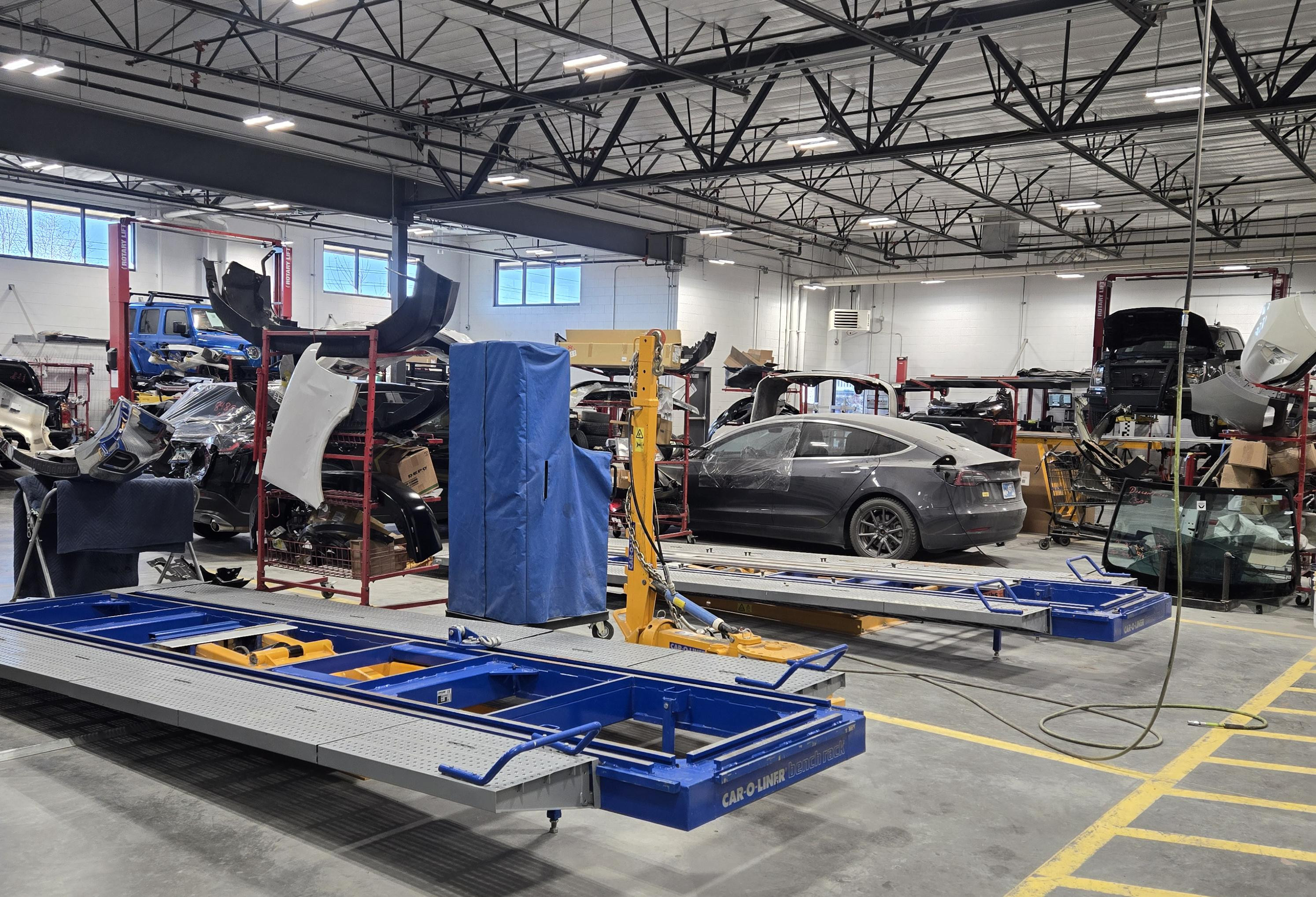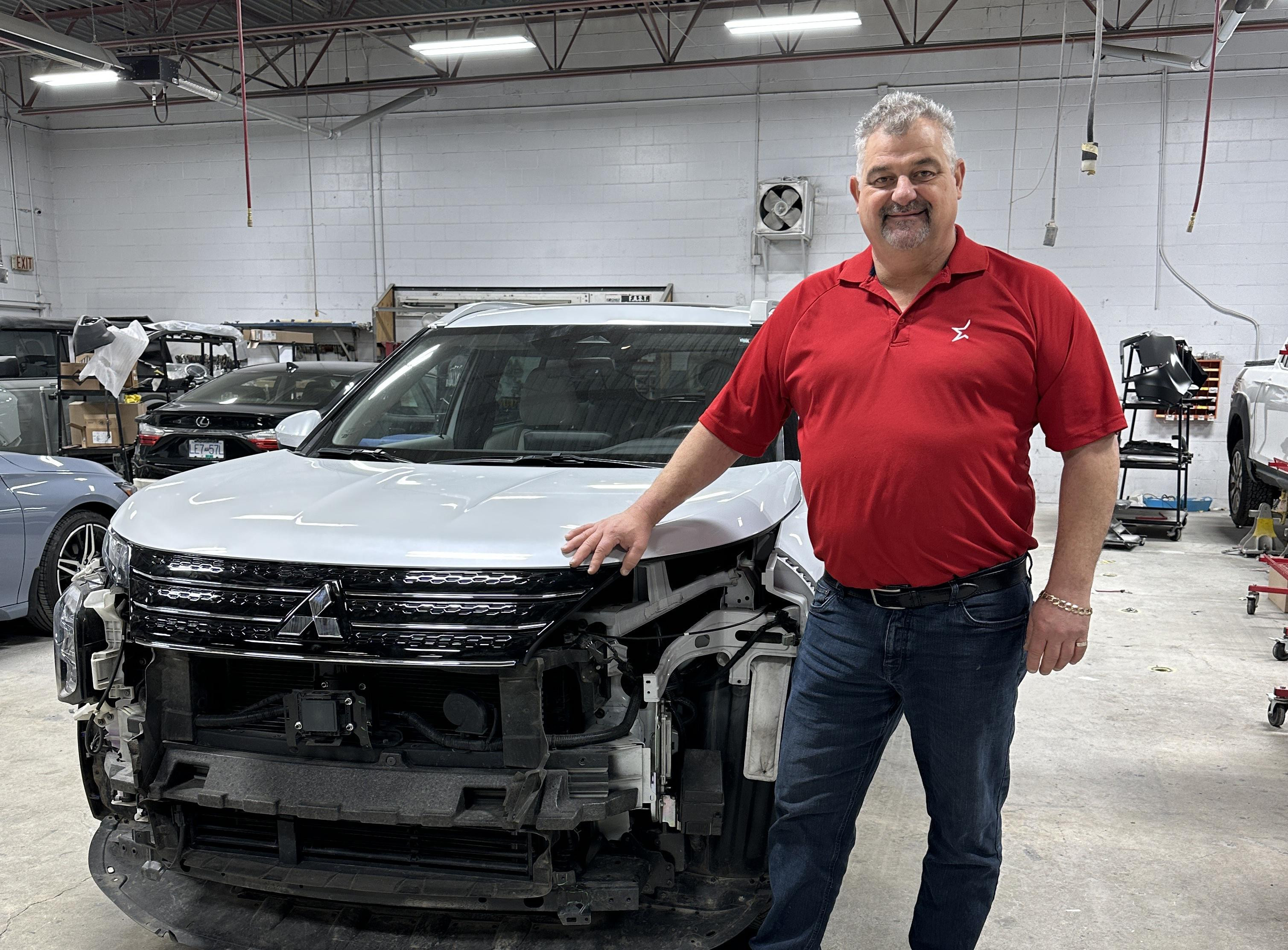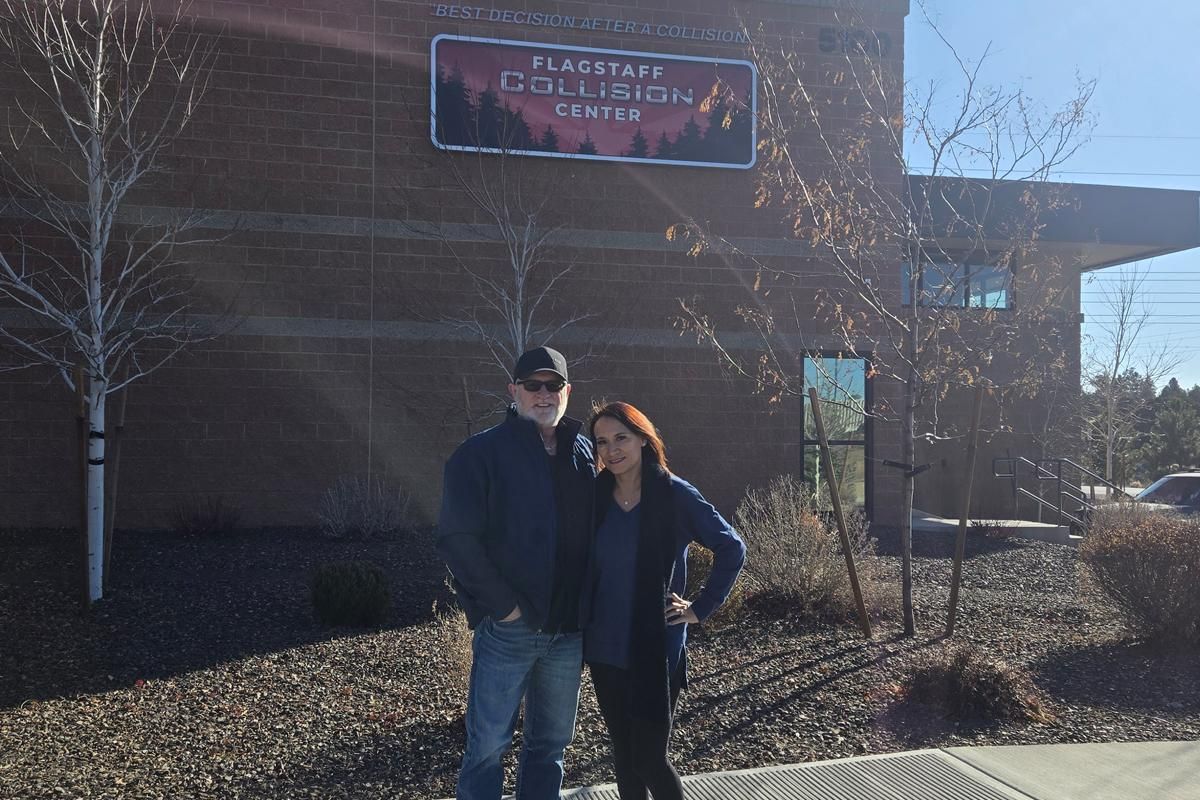While ever and always a definite minority versus buying an existing collision center, start-ups -- launching a body shop business from the ground up -- can have legs.
It continues as an option for indie owners or techs with time in the business who want to add a location or, in the American Dream second only to home ownership, “be your own boss.”
In some ways it’s tougher -- if it was easy everyone would do it. But start-ups offer benefits as well, or no one would. These include the chance to do it your way, learn from -- by not repeating! -- past mistakes, be all-in on and solely on the hook for results, and possibly that most fun one: naming rights.
Autobody News found intrepid entrepreneurs in Southern California, Arizona, Texas, Illinois, Florida and as far-flung as Canada. At least one wants to expand out of state, operating now in Cali, and attempting to add an operation in Texas.
New Year, New Work
You have to start somewhere, and some owners make that somewhere from scratch. Tim Paap’s Christmas wish list included a second start-up “or at least some satellite facilities.”
Paap Auto Body began in 2001 “in a two-car garage, 10 feet from the house.” Paap then added his first satellite, an ex-Jiffy Lube.
It’s become a “concierge shop” with “a really inviting office, drive-in estimating bays, drop-offs and pick-ups, rental cars; a whole bunch of PDR gets done there; we’re going to start doing PPF, too.”
He started-up because in his early 20s, “nobody would sell to me. Everyone thought I was a joke.”
The punch line: 23 years, $3 million annually, $11,000 average ticket, in 12,000 square feet.
“We built a building a hundred feet from the garage and kept adding onto it,” Paap said.
Orlando Collision Center didn’t launch in a garage or from experience. Drew Bryant’s 2011 “baby” began in a storage facility.
“I could just fit the nose of a car into it,” he said.
He was a Panera Bread regional training manager. “I didn’t even know how to paint cars.”
An uncle backed his play with “an $8,000 debit card,” Bryant said.
The 400 square feet was the genesis of his current 11,000 square feet. His second shop, at 34,000 square feet, will include training space and ADAS work, among other amenities.
It’s another start-up, in a former medical technical vocational school building.
 Michael and Theressa Whittemore’s Flagstaff Collision Center in Arizona.
Michael and Theressa Whittemore’s Flagstaff Collision Center in Arizona.
Michael Whittemore was in body shops for nearly 20 years, rising to lead tech for BMW in Las Vegas. He opened his first shop, leasing “a brand-new building, already built,” in 2004.
Three of four locations in Vegas and Scottsdale, AZ, under his New Look Collision Center moniker were start-ups.
Whittemore sold the four to Gerber five years ago, then completed another start-up, Flagstaff Collision Center in Flagstaff, AZ, which he and wife Theressa own. “We put the first cinder block in the ground.”
Their son-in-law is Paul Williams, president of Brightpoint Auto Body Repair, a multi-state MSO.
Flagstaff Collision Center is 30,000 square feet in the local auto mall, with 20 staffers and $6.5 million in annual revenue.
Whittemore had added Scottsdale after several insurance claims managers from the Phoenix area, with whom he worked for the Vegas shops, suggested it. He took on Flagstaff when vendor demographic studies showed a need.
Flagstaff shops were more than 30 years old and “people were driving down to Phoenix,” Whittemore said. “My paint company said they need a good shop up there really bad.”
He started with start-ups of necessity. “We had $600,000. You’re not going to buy a business for that,” Whittemore said.
One operator of a 19,000-square-foot shop in California has looked in the San Antonio, TX, area for a start-up. His Core Commercial brokers, An Tran and Moises Hernandez, seek buildings running at least 15,000 square feet, and the land under them.
Hernandez said the owner will keep his California shop and expand to Texas to put profits to work “in a more business-friendly market [without] the high tax rates” in his home state.
The slightly elevated size need flows from a soup-to-nuts operation including all aspects of repair. California customers come largely from an Asian-American community and the owner wants the same in Texas.
“We’re educating him on demographics,” Hernandez said. “He’s used to dealing with that market; we’re trying to tell him it’s not as large here,” and limits his options.
Tough Crowd: Cons and Pros
Pantelis “Peter” Alexopoulos and Zoran Pipercic are partners in an M&A collision center consulting venture and lead a private Facebook group for buying and selling shops. Each has a couple decades in the industry.
 Carl Jamieson in his shop, Abbotsford Maximum Collision.
Carl Jamieson in his shop, Abbotsford Maximum Collision.
“It makes more sense to buy a business,” Alexopoulos said. Existing shops have relationships with all the right parties, for instance -- fleet accounts, insurers and so on.
Operators that start from zero “look for a building to convert, some sort of automotive-related” layout, he said.
“Nobody’s doing it from brownfields,” Pipercic said, referring to sites with environmental issues. Start-ups are by “technicians stepping up, someone in the industry.”
“Of course it would’ve been better to buy a shop,” Whittemore said of his first start-up. “There’s history of sales and profits, it’s easier to go to the bank or equity partners.”
As to company culture, “You might even adopt stuff from a good [one].”
Canada’s Carl Jamieson essentially launched Abbotsford Maximum Collision 27 years ago. The hibernating shop at the time had some abandoned cars in the lot, and that was about it.
“We started under a real shadow,” Jamieson told Autobody News. “Repair orders one, two and three were the abandoned vehicles: the shop had closed its doors” partway through the work.
Jamieson had to establish relationships with insurers, re-convince customers the shop would do the work, and build itself in the market. It took at least five years to break even.
“Start-ups are kind of fun, but it takes a good four to five years” of work, Whittemore said. “They really need to understand that. You don’t just open the doors. People think they’ll be profitable in a month or two.”












